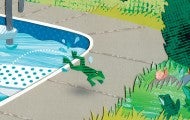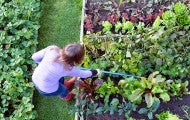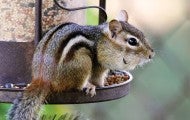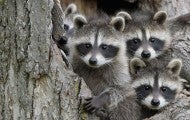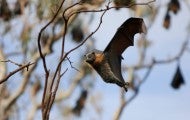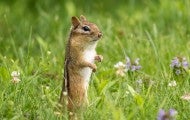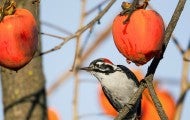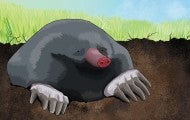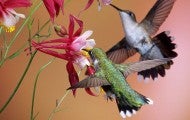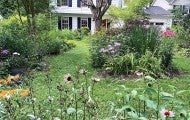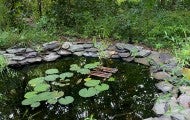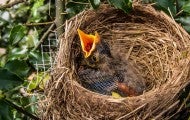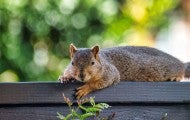It seemed like a good idea at the time: Buy a house with a two-acre property, let our energetic herding dog have the run of the place and spend blissful summer days digging side by side in the dirt with her. And it was blissful, watching Mattie carve out her napping spots behind the ferns and tall...
As the world stopped turning and the fires started burning this summer, there was a hole in my heart that only a chipmunk could fill. Shy at first, the distant object of my affection warmed to my presence, until one day we even had breakfast on the patio together: a coffee for me and a snail for Mr...
Longtime Trust friend Fred Ziegler became the first founding member of the Humane Stewardship Alliance, pledging to follow humane stewardship principles in managing his nearly 2900 acres in Tennessee. With three streams and 1.5 miles of frontage along one of North America’s most biologically rich...
For wildlife on a beautiful 32-acre property in Mount Airy, Maryland, life is sweeter—and safer—because of the pledge landowners Jennifer Bevan-Dangel and Andrew Dangel made to follow the Humane Stewardship Alliance’s humane stewardship principles in managing their land. Lands of all sizes can be...
By some human standards, my pond is a hot mess. Underneath and around the water lilies are fallen leaves, branches and other debris of decomposing plants. Along the edges, sea oats, sedges and swamp sunflowers hug the rocks. But if humans are picky in their desire for orderliness, frogs are just as...
